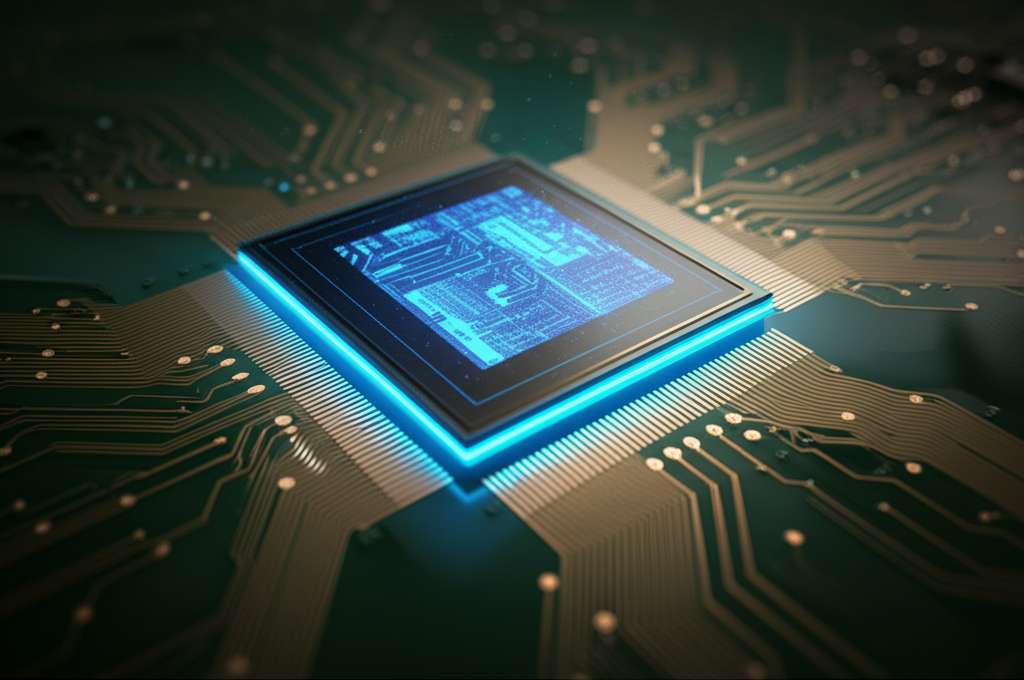The Edge of Silence: Hardware Acceleration for Real-Time Cognitive EW
by Bo Layer, CTO | January 31, 2025

Cognitive Electronic Warfare requires specialized hardware acceleration, including GPUs, FPGAs, and ASICs, often in a hybrid approach, to achieve the necessary real-time processing speed and computational power at the tactical edge.
Cognitive Electronic Warfare is a game of speed. The side that can sense, decide, and act the fastest, wins. And when your opponent is an agile, software-defined radio that can change its behavior in a microsecond, you need to be able to react in a nanosecond. This requires a massive amount of computational power, all packed into a small, low-power device at the tactical edge. This is where hardware acceleration comes in. It's the secret sauce that will allow us to run the complex AI models needed for real-time cognitive EW.
A standard CPU is simply not up to the task. The sheer volume of data coming from a modern radio receiver would overwhelm it. We need specialized hardware that is designed for the kind of parallel processing required for signal processing and AI inference. The three main contenders are GPUs, FPGAs, and ASICs.
GPUs (Graphics Processing Units) are the workhorses of the AI world. They are excellent for training and running large neural networks, but they can be power-hungry, which is a major concern in a size, weight, and power (SWaP) constrained environment. FPGAs (Field-Programmable Gate Arrays) are a more flexible option. They can be reconfigured in the field to adapt to new threats, and they are generally more power-efficient than GPUs for certain types of tasks. ASICs (Application-Specific Integrated Circuits) are the speed demons. They are custom-designed for a single task, and they offer the highest possible performance. But they are also expensive to design and manufacture, and they can't be reprogrammed.
The optimal solution is often a hybrid approach. We might use an FPGA for the initial signal processing, a GPU for the AI inference, and a CPU for the overall control and communication. The key is to have a software architecture that can intelligently distribute the workload across these different types of hardware.
At ROE Defense, we are experts in this domain. We are designing the hardware and the software that will allow us to perform real-time cognitive EW at the tactical edge. We are squeezing every last drop of performance out of every last watt of power. Because in the battle for the electromagnetic spectrum, the edge of silence is the edge of victory.